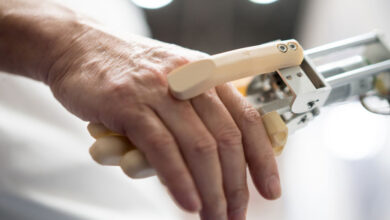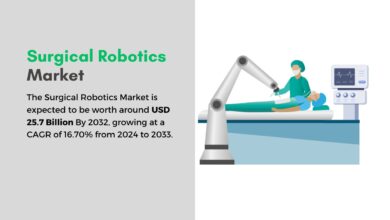How Real-Life Droids Test New Tech

Free-Flying Robots in Space: How Real-Life Droids Test New Tech
by Clarence Oxford
Los Angeles CA (SPX) Apr 29, 2024
Navigating the great unknown of space requires innovative tools, like the Multi-Resolution Scanner (MRS), a novel 3D mapping technology developed under the auspices of the International Space Station (ISS) National Laboratory. This technology leverages NASA’s robotic Astrobee system to generate high-resolution maps of remote environments, aiding not only space exploration but also terrestrial industries.
A joint effort by Boeing and CSIRO, the Australian scientific research agency, the project underscores the vital role of international cooperation in advancing space technology. Historically, CSIRO has played a significant role in space exploration, having supported the Apollo 11 mission by receiving and broadcasting lunar television signals through its Parkes radio telescope.
The MRS aims to produce detailed 3D maps of environments such as the ISS or lunar and Martian terrains. “We will use NASA’s free-flying Astrobee robots to test MRS, which will allow us to create 3D maps of the space station’s Kibo module,” said Marc Elmouttie, research group leader at CSIRO. The system combines multiple sensors to enhance data accuracy and resolution, crucial for the robot’s movement and data collection in space.
This technology also incorporates advanced photogrammetry and 3D simultaneous localization and mapping (SLAM) technology, enabling autonomous navigation and environment mapping. The first tests are conducted in the Kibo module to compare the technology’s performance in microgravity against terrestrial results. Elmouttie and his team aim to validate the effectiveness of their mapping software in space, initially launched aboard a SpaceX resupply mission to the ISS.
If successful, MRS could be extended to other space station modules and potentially used in future robotic-led missions, such as NASA’s planned lunar Gateway. This could facilitate autonomous operations in space when human presence is limited, enhancing the capability and safety of both crewed and robotic space missions. “Boeing is committed to providing improved capabilities and enhancing safety for trips to the Moon and beyond,” said Scott Copeland, director for ISS research integration at Boeing.
The broader implications of MRS technology extend to Earth, potentially benefiting sectors like mining and disaster relief by providing detailed spatial data and enhancing navigational capabilities in unstructured environments without reliance on GPS.
Research Report:Free-Flying Robots in Space: How Real-Life Droids are Testing New Tech
Related Links
ISS National Laboratory
Space Tourism, Space Transport and Space Exploration News



